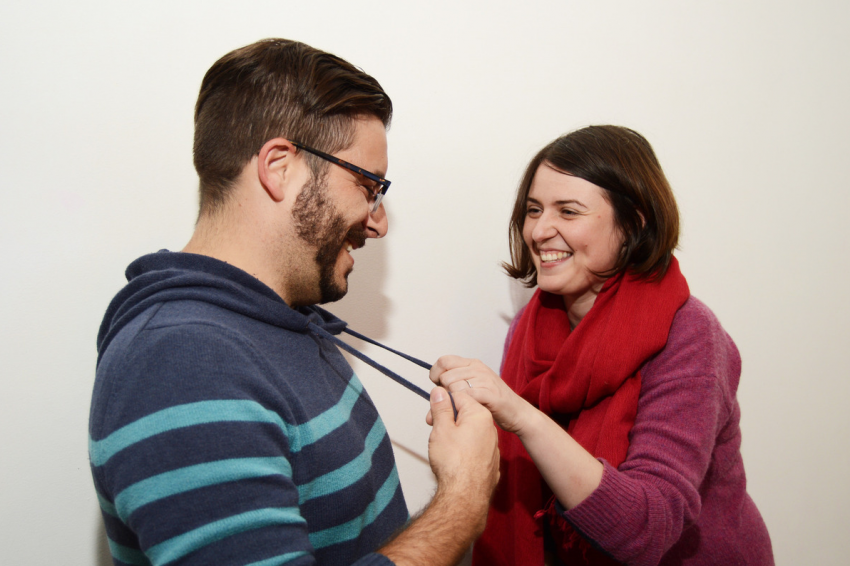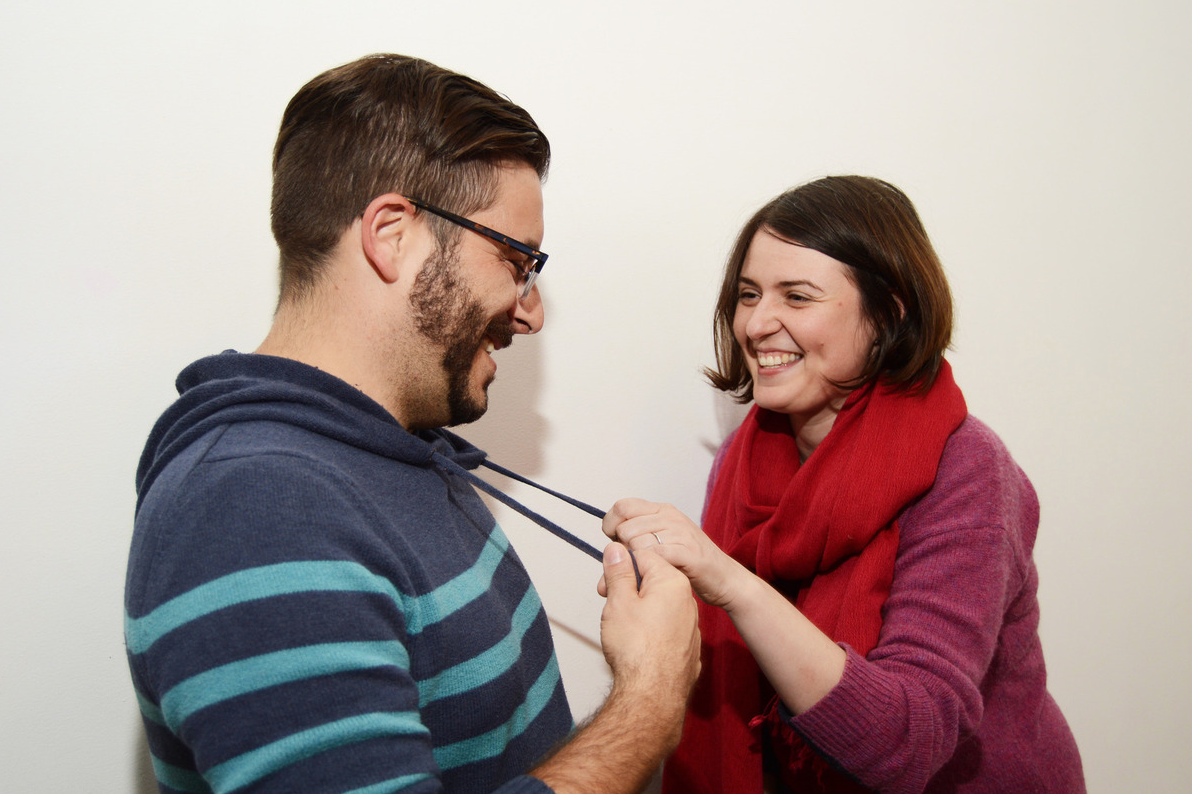Read this great Mashable article on 2000/01 Parsons BFA illustration grads!
Peraza was an asylum seeker from Cuba, arriving in Miami as a child in 1984. Zeltser was a religious refugee from Ukraine who landed in New York as a teenager in 1993. The two met on the first day of classes at the New School’s Parsons School of Design in New York City in 1996.
“I was an annoying, arrogant loudmouth,” says Peraza, who has a healthy swath of hair on top of his otherwise closely shaved head. “Julia’s more studious, the good kid.”
While at Parsons, they discovered a healthy competitiveness and a shared drive to succeed, which they attribute to being immigrants.
“You just don’t take shit for granted,” Peraza says, noting the many “rich kids” who simply cruised by. “Every opportunity we got, we busted our butt to do it.”

Situated in Brooklyn’s Gowanus neighborhood, blocks away from a Whole Foods and the Morbid Anatomy Museum of death-obsessed hipsterdom, the cavernous storefront of social impact design studio Hyperakt stands out.
The open studio is quiet — the only sound comes from the humming tubular vents overhead and a handful of staff who confer in whispers. Most of the others focus quietly on their iMac screens.
Unlike stereotypically pristine, carefully curated design studios, Hyperakt’s space is a little more freewheeling. Utilitarian shelving units are haphazardly packed with supplies; dark, reclaimed wood desks with metal legs are pushed together to form long working spaces, flanked by contemporary office chairs on wheels.
Founded in 2001, Hyperakt’s 15-person team has focused on social impact design since 2009, when its cofounders, designers Deroy Peraza and Julia Zeltser, phased out the types of clients who needed things like dog leash branding or Camel cigarette ads in Spanish.
For the past seven years they have worked exclusively for NGOs, nonprofits and other social good organizations.
“It’s really satisfying to see memberships increase, donations increase and the caliber of volunteers rise,” Zeltser tells Mashable, decked out in a colorful woolly sweater and scarf of magentas and reds.
Hyperakt leapt into the social good sector full-force because it’s where the team created its best work.
Zeltser cites one client as a good example: educational nonprofit iMentor, which they’re currently helping to rebrand their mentorship program. Other clients include big names like the Ford Foundation, United Nations, NAACP, and Bill & Melinda Gates Foundation.
Sitting in Hyperakt’s conference room, moments after Zeltser shrieked with laughter when Peraza rustled up an old Camel ad they made, they reveal their two essential and successful marketing tools.
First is the active creation of community, both virtually and physically; for example, their once-a-month Lunch Talk series holds free and public forums among creative people, “designed to foster knowledge, sharing and casual conversation” over food and beer.
Second is spending time and resources on experimental, self-generated projects, which often go viral or land on design blogs and magazine pages. In 2008 they created posters in support of then-Senator Barack Obama that led to an exhibit at Flux Laboratory in Geneva, Switzerland. Hyperakt also took a challenge in 2013 to rebrand the teaching profession, an assignment from Kurt Anderson, the host of radio show Studio 360. And a noteworthy work in progress is On the Grid, a neighborhood guide for cities around the globe created in collaboration with local design studios.
Clearing her throat, Zeltser teases Peraza that she usually works on the jobs that bring in income, while he gets to experiment with viral hits like these.
“It’s the self-generated stuff that gets all the attention,” he counters, sounding slightly defensive.

The Refugee Project is one of these self-generated assignments. The team initially saw the U.N.’s refugee data in 2012, and while it was compelling, it was presented in such a dull manner that it might speak to academics but no one else.
So they collaborated with information designer and artist Ekene Ijeoma on The Refugee Project to allow users to easily see the exact number of refugees to and from countries by year. Ijeoma notes that in the past, photographs, rather than visualized data, have been used to communicate such social issues.
“But you can only see what’s in the frame,” he says. Data, he adds, provides a more expansive story.
The Refugee Project caught the eye of the Annenberg Space for Photography’s curators, and will be part of the upcoming show in Los Angeles called New Americans, in conjunction with an exhibit called “Refugee,” which opens on April 23. The Refugee Project will be projected on huge screens and remain interactive, providing historical context to the exhibit.
